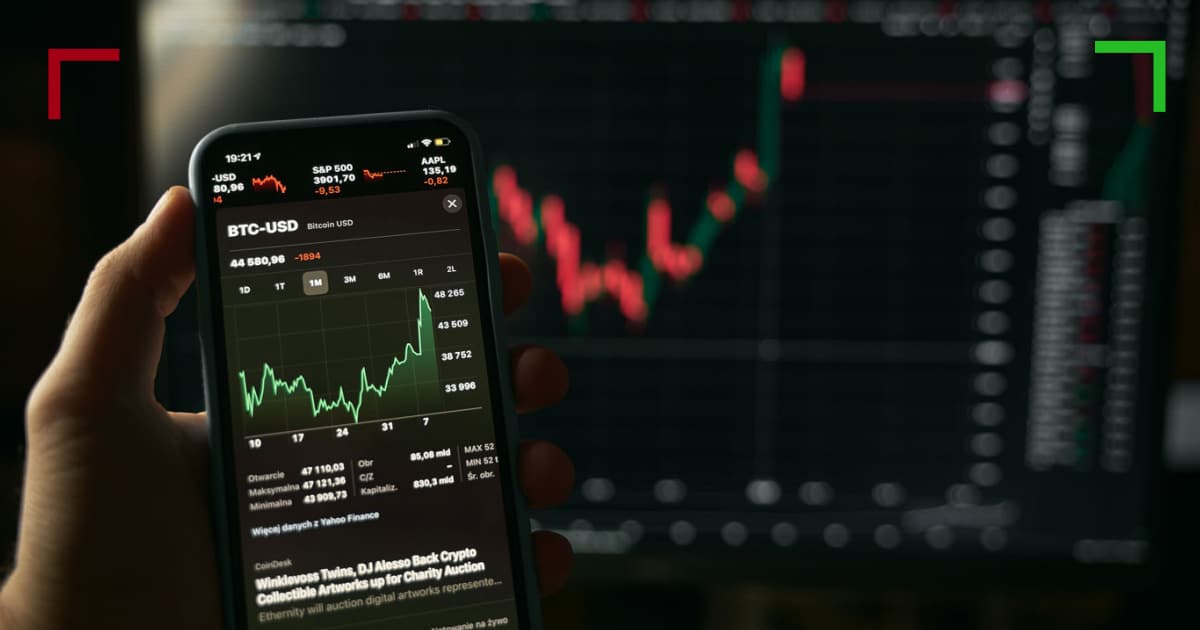Mastering Your Crypto Trading Setup for Success 5

Mastering Your Crypto Trading Setup for Success
In the ever-evolving world of cryptocurrency, a solid trading setup is crucial for success. It is the foundation that helps traders execute strategies efficiently and effectively. Whether you’re a novice or a seasoned trader, understanding how to arrange your crypto trading setup is essential. In this article, we will explore various components necessary for your crypto trading setup, and you can learn more about market trends and news on Crypto Trading Setup https://www.newsvoir.com/index.php?option=com_content&view=catnews&catid=117&Itemid=37&page=478.
1. Understanding Market Volatility
Cryptocurrency markets are known for their high volatility, with prices capable of changing dramatically in short periods. To navigate this landscape, traders must develop a trading setup that accounts for unpredictability. Monitoring market trends and utilizing chart analysis tools are effective strategies.
Using Candlestick Charts
Candlestick charts provide visual insights into price movements, helping traders identify patterns and potential reversal points. Understanding candlestick formations can lead to informed decisions, improving the overall efficacy of your trading setup.
2. Selecting Reliable Trading Platforms
The choice of trading platform is a key element of your crypto trading setup. A reliable exchange should offer security, user-friendly interfaces, and access to a variety of cryptocurrencies. Look for platforms that provide features like limit orders, stop-loss orders, and robust customer support.
Popular Trading Platforms
Some of the most popular trading platforms include Binance, Coinbase, and Kraken. Each has its advantages and can cater to different trading strategies and preferences. Conduct thorough research to select a platform that aligns with your trading goals.
3. Creating a Risk Management Strategy
A comprehensive risk management strategy is essential in crypto trading. This strategy helps minimize losses and protect your investment capital. Traders should determine their risk tolerance and decide how much capital to risk on each trade.
Setting Stop-Loss Orders
Stop-loss orders are a critical tool in your trading setup. By setting a stop-loss order, you can limit potential losses by automatically selling an asset when it reaches a predetermined price. This practice is essential for maintaining healthy risk management and emotional control in volatile markets.
4. Utilizing Technical Indicators
Technical indicators play a significant role in enhancing your trading strategy and improving your crypto trading setup. These mathematical calculations are based on historical price data and can signal potential entry and exit points in the market.
Common Technical Indicators
- Moving Averages: Moving averages help smooth out price action and identify trends.
- Relative Strength Index (RSI): RSI measures the speed and change of price movements, helping traders identify overbought or oversold conditions.
- Bollinger Bands: This indicator includes a middle band (moving average) and two outer bands that signal price volatility.

5. Creating a Trading Journal
A trading journal is a valuable asset for any trader. Documenting your trades, strategies, and emotions can provide insights into your trading behavior and help you refine your approach over time. Analyzing past performance allows you to identify patterns and make informed adjustments.
What to Include in Your Journal
- Date and time of trade
- Entry and exit points
- Trade size and leverage used
- Rationale for the trade
- Outcome and lessons learned
6. Psychological Preparations for Trading
The psychological aspect of trading is often overlooked, yet it can heavily influence decision-making. Developing mental resilience through a disciplined approach can help traders avoid emotional trading mistakes.
Maintaining Discipline
Stick to your trading plan and avoid impulsive decisions based on fear or greed. Setting realistic goals and expectations can also help cultivate a healthy mindset. Keep in mind that losses are inevitable in trading; the key is to learn from them and move forward.
7. Continual Education
The cryptocurrency landscape is constantly changing, and staying informed is crucial. A successful crypto trading setup requires ongoing education. There are numerous resources available, including books, online courses, webinars, and industry news sites, which can enhance your trading knowledge.
Joining Trading Communities
Participating in trading communities can provide additional insights and support. Engaging with fellow traders allows you to share experiences, ask questions, and learn from others’ mistakes and successes.
8. Developing a Personalized Strategy
No two traders are the same, and each trader should develop a strategy that suits their individual style, preferences, and risk tolerance. Consider factors such as your trading time frame (day trading vs. long-term investing) and asset selection when crafting your personalized approach.
Testing and Adjusting Your Strategy
Always backtest your strategy using historical data to assess its viability before applying it to live trades. Analyzing performance data can help refine your approach and ensure it remains effective amidst market changes.
Conclusion
In summary, a successful crypto trading setup is comprised of various components, including market understanding, platform selection, risk management, technical analysis, psychological readiness, and continual learning. By investing time and effort into developing a robust trading setup, you can position yourself for success in the dynamic world of cryptocurrency trading.